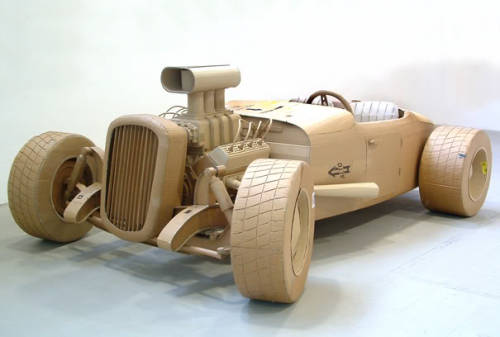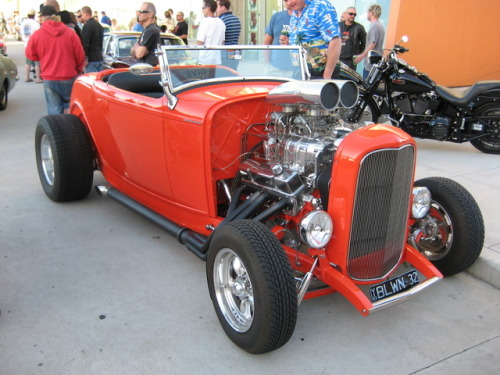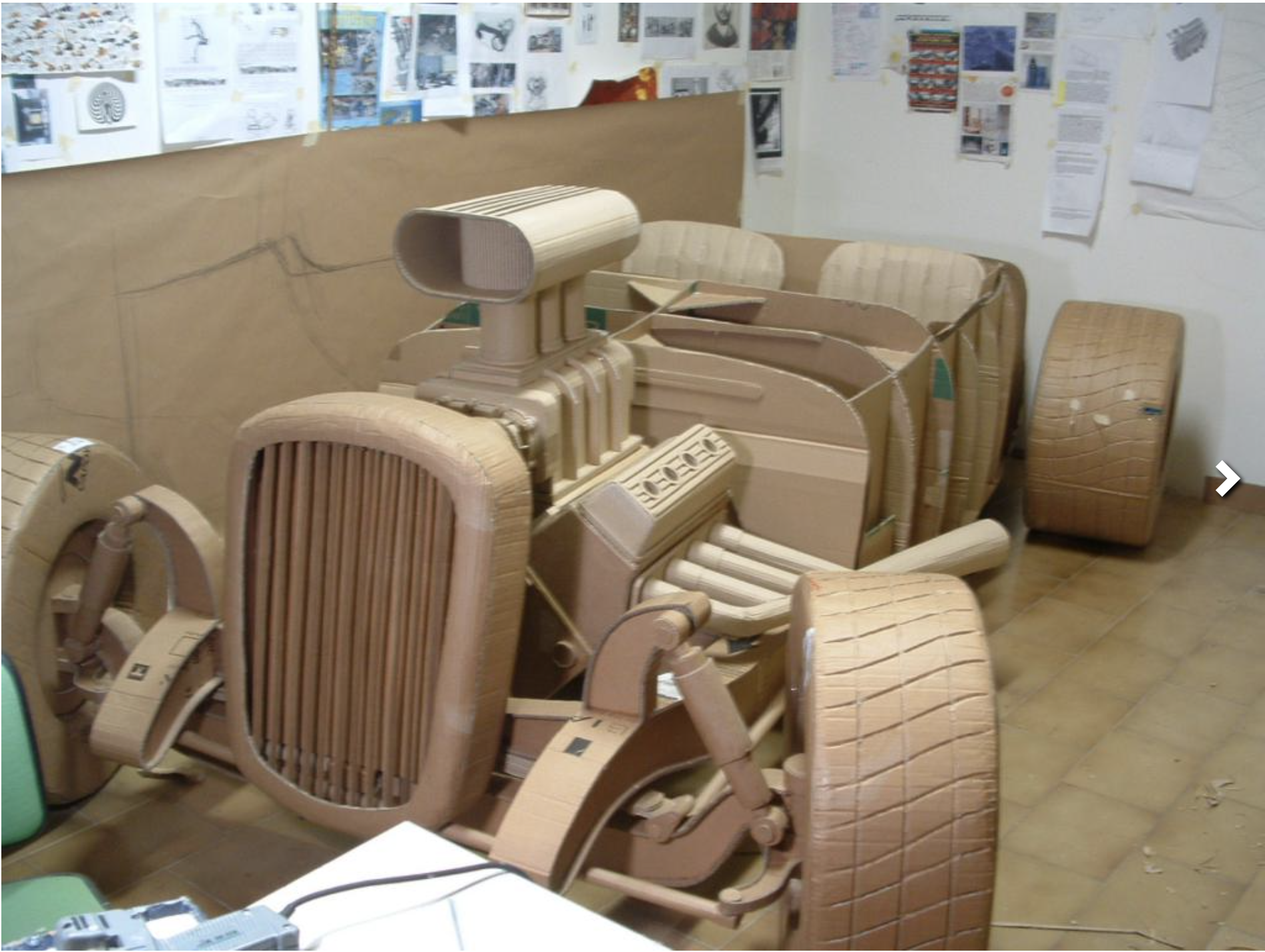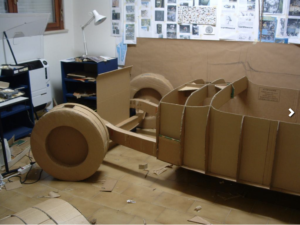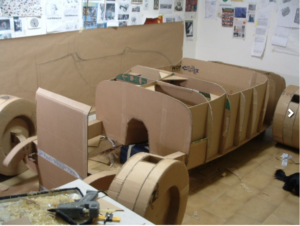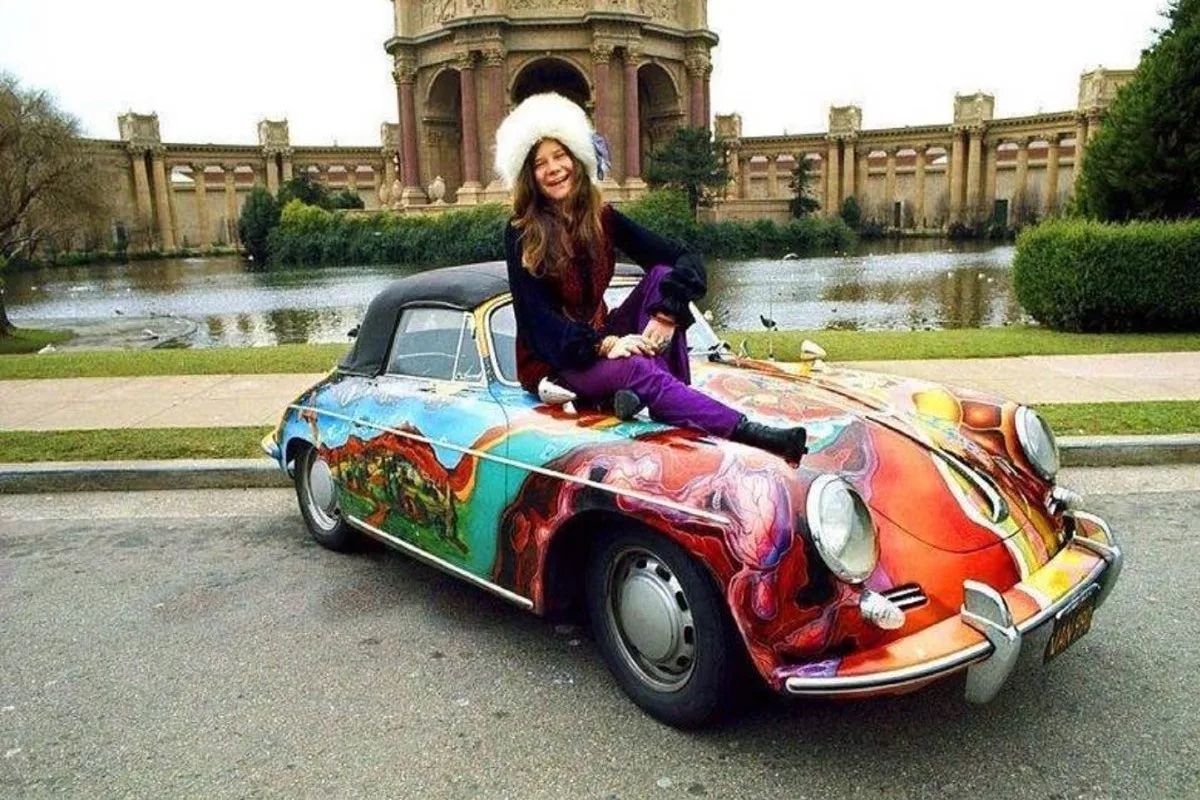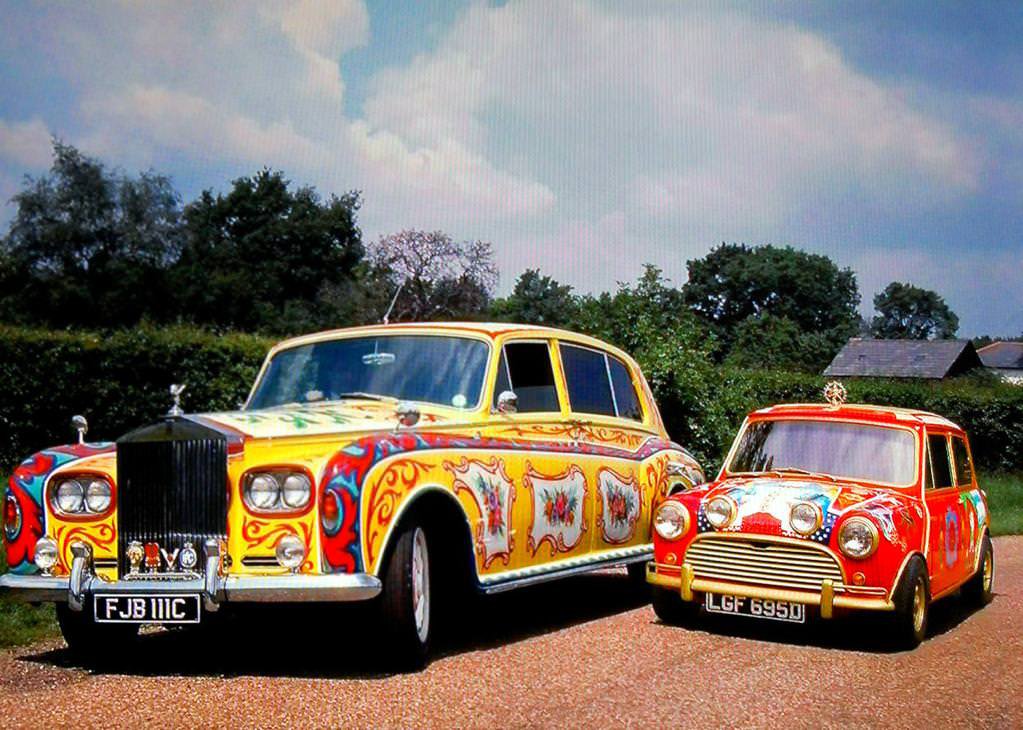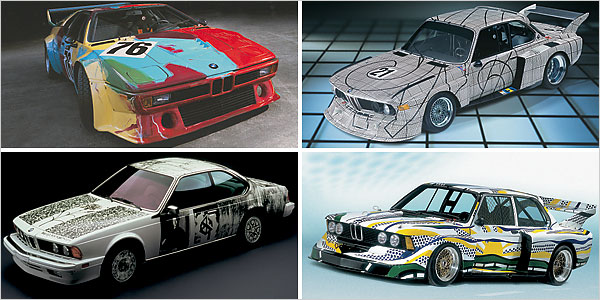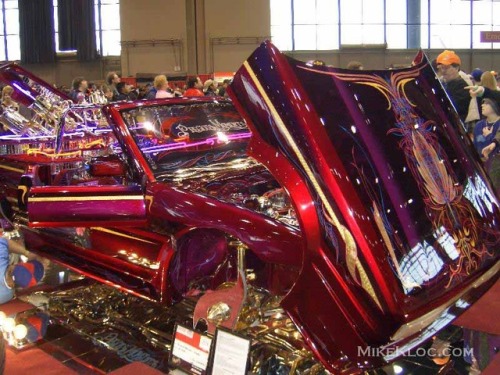Dikeou Superstars: Vik Muniz
Vik Muniz’ The Last Supper (Milan), created in 1997, was one of the first artworks incorporated into the Dikeou Collection; it is also the first in his popular series, “Pictures of Chocolate.” It is a harbinger of sorts, imbued with a sense of preeminence that set the trajectory of the collection and of Muniz’ chocolate streak, yet it is not an original composition. The Last Supper (Milan) is in fact a copy of a copy, stemming from Da Vinci’s iconic 1495 fresco and subsequently appropriated by Warhol in 1986, which served as the inspiration for Muniz’ chocolate painting. Food, religious iconography, and appropriation are potent themes in this multi-layered work, but one crucial aspect of Muniz’ process in creating The Last Supper, along with much of his body of work, is one that is frequently glossed over, and that is its destruction. He meticulously creates images, both appropriated and original, out of food, dust, trash, toys, earth, and air, photographs them, then disposes of what he made, keeping the photograph as the art object. “Destroy” has strong and deliberate connotations, very different from “temporary” or “ephemeral,” which are soft and passive. What does it mean for an artist to intentionally destroy something of their own creation? What path is he following or setting by participating in this act?
Muniz started on this path of destruction out of necessity. In the early ‘90s he made sculptures out of plasticine to photograph, and then destroyed the sculptures to continue the process because he had only a small amount of the material to work with and would reuse it to make more sculptures.
From “The Sugar Children” series, 1996.
In 1995 he traveled to the island of St. Kitts in the Caribbean where he befriended the local children whose parents worked in the sugarcane fields. Struck by the parents’ emotional and physical plight, and their children’s inevitable inheritance of this difficult life, he created portraits of the children out of sugar, photographed the results, and then swept away the sugar and preserved the remains in small jars. This was a breakthrough series for Muniz which resulted in an invitation to participate in a major photography exhibition at the Museum of Modern Art. His process remains the same today - create, document, destroy. Most artists would weep at the thought of destroying something they put so much work into, but for Muniz it is quite practical. Sure, he could use some kind of adhesive or fixative to give his handmade creations more permanency, but they would lose the legibility that only a photograph could produce.
”Double Mona Lisa, After Warhol, (Peanut Butter + Jelly),” 1999.
According to the Collaborative Arts Resources for Education website, Vik licked away his Last Supper chocolate painting after he photographed it, but it is not likely that he would have licked/consumed all of his food-based work. In his biography/catalogue raisonné, Reflex: A Vik Muniz Primer, he stated that he hates the taste of peanut butter, which is one of the materials he used in his Double Mona Lisa (Peanut Butter + Jelly), so it is doubtful that he would have destroyed the piece by eating it. Perhaps he allowed someone else to consume the food; there is no definite answer. How he destroys the images he photographs, though, is not as important as positioning him amongst other artists who have done the same thing but for differing reasons.
Janine Antoni, “Lick and Lather,” 1993-1994.
Chocolate is a seductive substance, one that has tantalized artists for decades. Janine Antoni’s Lick and Lather uses chocolate’s decadent allure as a vehicle to express the dualistic yet circular relationship between creation and destruction. The defacement of these works was meant to be self-inflicted, but Lick and Lather has twice fallen victim to the mouths of viewers who bit off noses from the chocolate busts. Here we see how destruction functions as a means of creating an artwork, but also harms it when not performed by the artist. When an artwork is charged with a high level of intimacy from its creator, especially an intimacy that entails a level of degradation, the viewers’ boundaries can become blurred and feel that are they welcome to partake in the process.
Robert Rauschenberg, “Erased de Kooning Drawing,” 1953
One of the most (in)famous cases of a destroyed artwork is Robert Rauschenberg’s Erased de Kooning Drawing , in which Rauschenberg obtained a drawing from the renowned AbEx artist for the sole purpose of erasing it from the page. Rauschenberg did this to discover if an artwork could be made through erasure, and initially did this to his own drawings, but found this method ineffective and uncreative; he had to erase a work of significance. de Kooning gave Rauschenberg one of his drawings, and, in knowing his intentions, chose one with media that was especially difficult to remove. It took Rauschenberg about a month to achieve a bare page, which was then placed in a frame inscribed by Jasper Johns. Vincent Katz aptly surmised Rauschenberg’s radical destructive tendencies: “Erased de Kooning Drawing symbolised what was iconic about much of what Rauschenberg did in those days – iconic and iconoclastic at the same time… it stands for an era when something seemingly negative could, in fact, turn out to have positive repercussions.” de Kooning willingly sacrificed his own art so that another artist could manifest his own vision. The story behind this work is far more valuable than piece itself, in both its original form and final form.
Sometimes an artist disposes of their work simply because they don’t like it. Monet took a knife to thirty of his waterlily canvases, John Baldessari burned more than a decade’s worth of art, and Louise Bourgeoise would break her small sculptures if they did not satisfy her. These instances often lead to a renewed perspective and creative rebirth. Attachment can lead to stagnancy, a lesson that Vik likely learned on a visit to The Asia Society in New York in the mid-‘90s. There he saw a beautifully intricate and painstakingly executed sand mandala get swept away by the Tibetan monks who created it. Flabbergasted by what he saw, Vik incessantly questioned one of the monks how he could destroy something that helped create. Finally the monk admitted that he took pictures of the mandala before it was swept, a tip that he likely kept in his head during that journey to St. Kitts.
-Hayley Richardson

